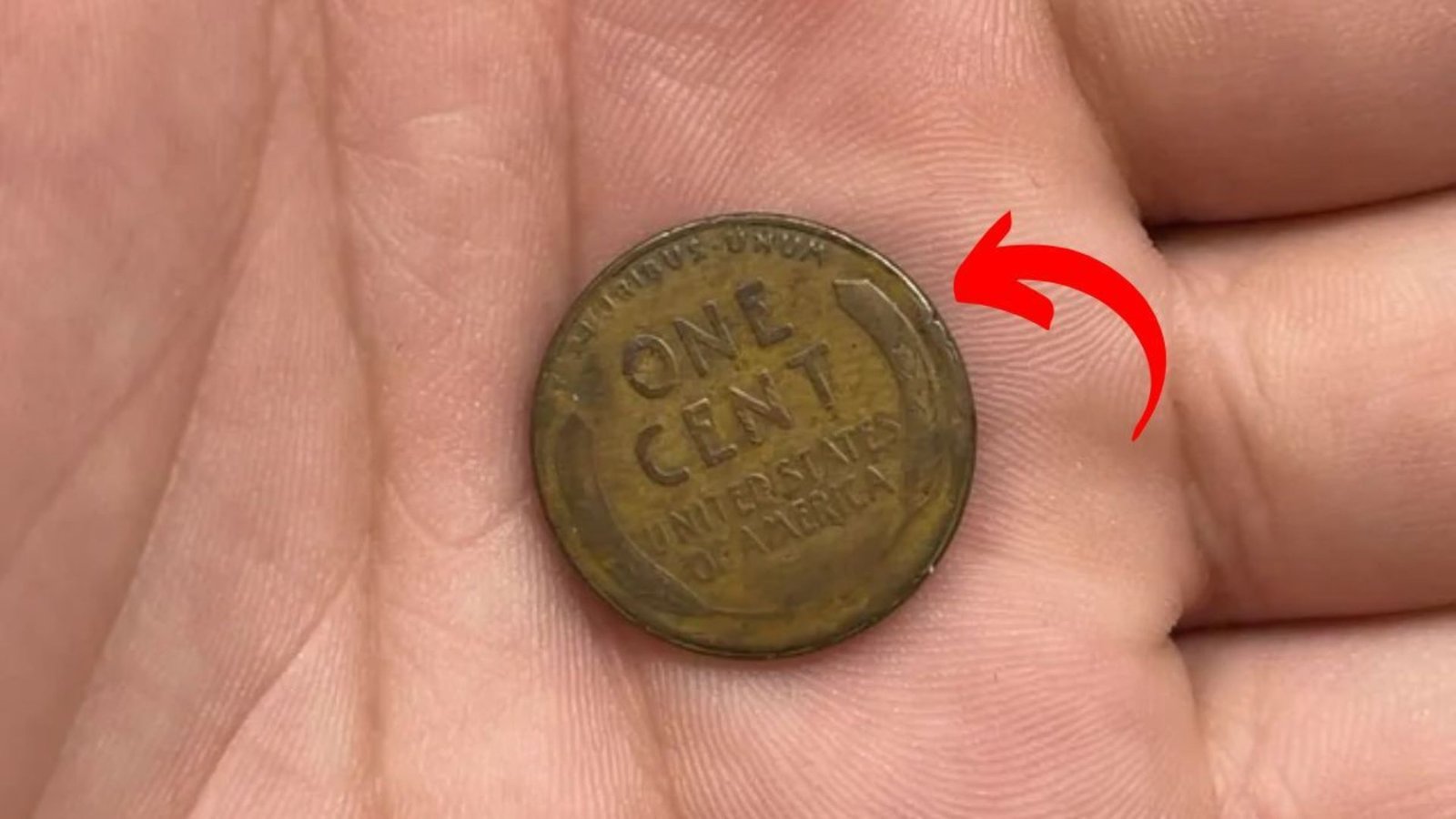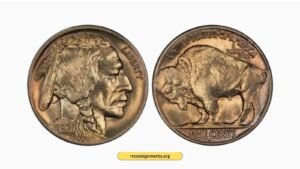Have you ever checked your pocket change and wondered if a simple penny could make you rich? The 1943 Lincoln Wheat Penny, valued at an astonishing $13 million, is one of the rarest coins in U.S. history. This tiny piece of history could still be hiding in your change jar, old coin collection, or even your wallet. In this article, we’ll explore why this penny is so valuable, how to spot it, and why it’s a treasure worth hunting for.
What Makes the 1943 Lincoln Wheat Penny So Special?
The Lincoln Wheat Penny, minted from 1909 to 1958, is a beloved coin featuring President Abraham Lincoln’s portrait on the front and two wheat stalks on the back. While most of these pennies are worth just one cent, a rare mistake during World War II made a few of them incredibly valuable.
A Wartime Mistake That Created a Treasure
During World War II, copper was needed for military equipment like bullets and wires. To save copper, the U.S. Mint switched to making pennies out of steel in 1943. However, a small number of copper blanks from 1942 were accidentally used, creating the rare 1943 copper penny. Experts believe only 20 to 30 of these coins exist, making them a collector’s dream.
Why Is It Worth $13 Million?
The 1943 copper penny’s value comes from a combination of factors:
| Factor | Why It Matters |
|---|---|
| Rarity | Only a handful of these coins were made, with fewer than 30 known to exist. |
| Historical Significance | The coin is tied to World War II, a pivotal time in U.S. history. |
| Minting Error | The accidental use of copper instead of steel makes it a unique mistake. |
| Condition | Coins in excellent condition, with minimal wear, fetch the highest prices. |
| Collector Demand | Wealthy collectors compete fiercely, driving auction prices to millions. |
One such penny reportedly sold for $13 million in a private auction in 2024, setting a record for U.S. coins. Its rarity and historical story make it a true gem for numismatists (coin collectors).
How to Identify a 1943 Copper Penny
Could you have one of these valuable coins? Here’s how to check:
Step-by-Step Guide to Spotting the Rare Penny
- Check the Date: Look for “1943” on the front of the penny. Other years won’t be the rare copper version.
- Do a Magnet Test: Steel pennies from 1943 stick to a magnet because they’re made of steel. A copper penny won’t stick.
- Examine the Color: Steel pennies are silver-colored, while copper pennies have a reddish-brown hue.
- Look for the Mint Mark: Check for a “D” (Denver) or “S” (San Francisco) under the date. The 1943-D copper penny is especially rare.
- Got a match? Don’t clean it! Cleaning can damage the coin and lower its value.
Where to Find These Pennies
Believe it or not, these rare pennies might still be in circulation! People have found them in:
- Spare change from stores
- Old piggy banks or coin jars
- Family heirloom collections
- Coin rolls from banks
- Flea markets or estate sales
For example, a teenager in the 1950s found one in his school cafeteria change, and another was discovered in a family coin collection, later selling for over $1 million.
Tips to Avoid Scams and Fakes
With such a high value, fake 1943 copper pennies are common. Here’s how to stay safe:
- Beware of Fakes: Some people coat steel pennies with copper or alter the date (e.g., changing “1948” to “1943”).
- Get It Authenticated: Take your coin to a professional grading service like PCGS (Professional Coin Grading Service) or NGC (Numismatic Guaranty Corporation) for verification.
- Don’t Clean the Coin: Cleaning can ruin its value. Handle it by the edges and store it in a protective holder.
How to Sell a Valuable Penny
If you think you’ve found a 1943 copper penny, follow these steps:
- Get It Graded: Professional grading services will confirm its authenticity and condition.
- Choose a Selling Method: Options include auction houses (like Heritage Auctions), coin dealers, or online marketplaces like eBay.
- Research Market Value: Check recent auction records to understand its worth. Prices can vary based on condition and demand.
Why Coin Collecting Is Exciting
The hunt for rare coins like the 1943 copper penny has turned many people into coin enthusiasts. It’s not just about money—it’s about uncovering a piece of history. The Lincoln Wheat Penny connects us to World War II, a time when every resource mattered. Finding one feels like discovering a hidden treasure, making coin collecting a thrilling hobby for all ages.
Conclusion
The 1943 Lincoln Wheat Penny, valued at $13 million, is more than just a coin—it’s a piece of American history that could be hiding in your pocket. Its rarity, wartime story, and collector demand make it one of the most sought-after coins in the world. Next time you get change or sort through old coins, take a closer look. A simple magnet test could reveal a life-changing treasure. Start your coin hunt today, and who knows—you might just find a million-dollar penny!
FAQs
What makes the 1943 Lincoln Wheat Penny so valuable?
The 1943 penny is valuable because it was mistakenly made of copper instead of steel during World War II, when copper was scarce. Only a few exist, making it extremely rare.
How can I tell if my 1943 penny is copper?
Use a magnet. If the penny doesn’t stick and has a reddish-brown color, it might be the rare copper version. Get it checked by a professional.
Are all 1943 pennies valuable?
No, most 1943 pennies are made of steel and worth only a few cents. Only the copper versions are worth millions.
Where can I find a 1943 copper penny?
Check spare change, old coin collections, bank rolls, or flea markets. They’re rare, but some are still out there.
How do I sell a rare penny?
Get it authenticated by PCGS or NGC, then sell through a reputable auction house, coin dealer, or online marketplace.
Can cleaning my penny increase its value?
No, cleaning can damage the coin and lower its value. Always handle coins carefully and avoid cleaning them.





2 thoughts on “Rare Lincoln Wheat Penny Worth $13 Million: Could It Be in Your Pocket?”